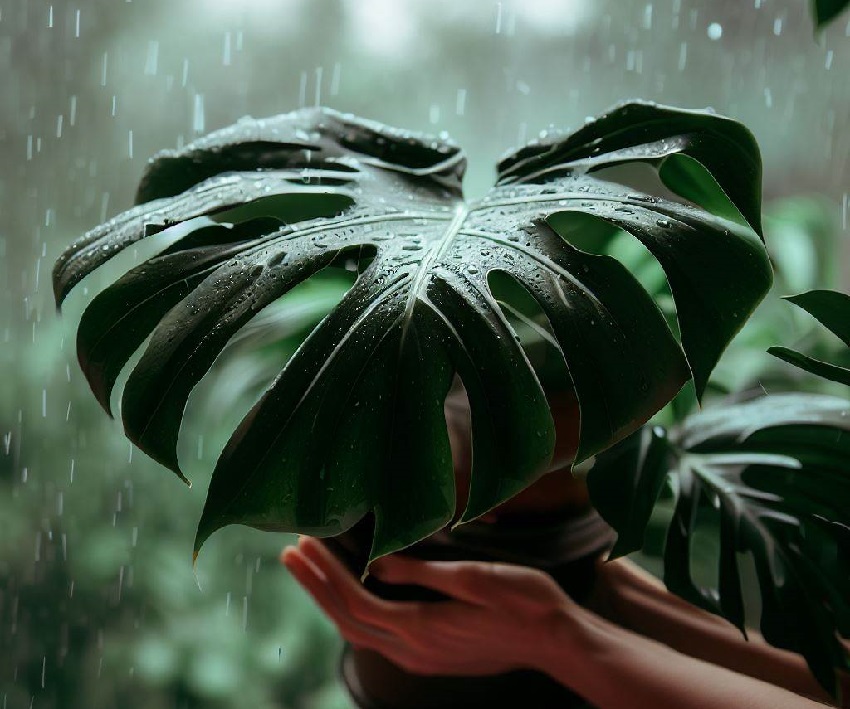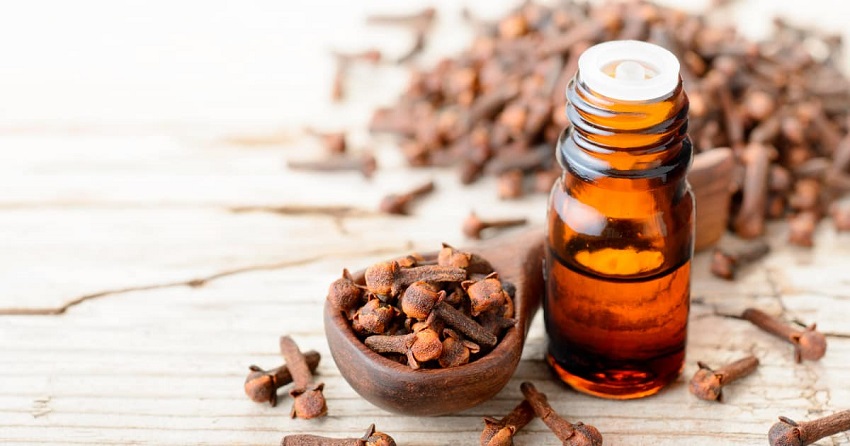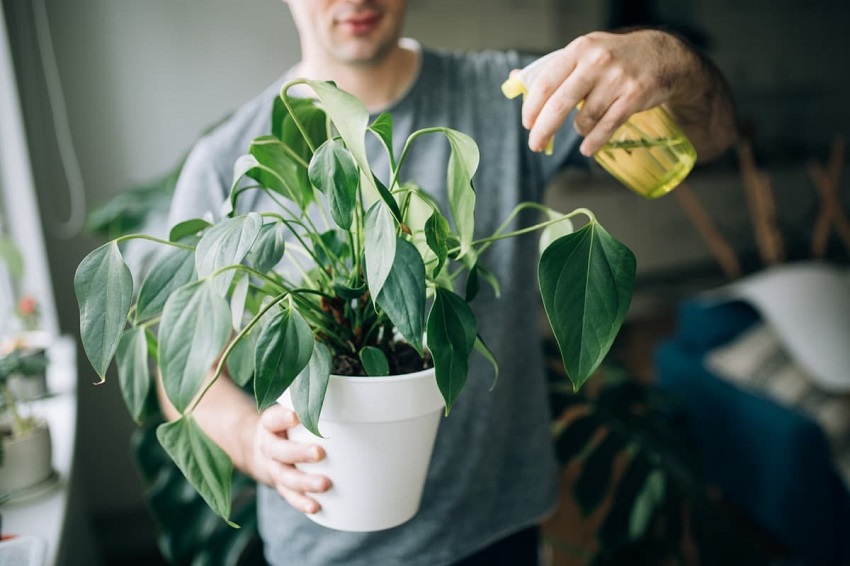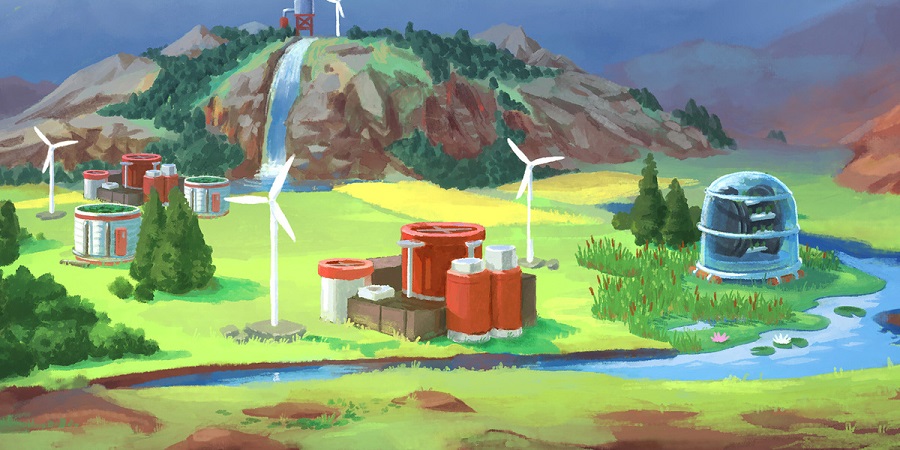As a Monstera owner, you may have wondered about the best care practices for your beloved plant. One important thing to keep in mind is that Monstera plants prefer indirect sunlight. While they can tolerate some monstera direct sunlight, too much can scorch their leaves and damage their overall health. It’s best to place your Monstera in a bright, well-lit area that receives plenty of indirect sunlight. And don’t forget to rotate your plant every so often to ensure all sides get equal exposure to the light! One question that often arises is whether it’s safe to expose your Monstera to rainwater. In this article, we will explore the topic in detail and provide you with insights to help you make an informed decision.
Understanding Monstera Plants
Before we delve into the topic, let’s take a moment to understand Monstera plants. Monstera belongs to the Araceae family and is native to the tropical rainforests of Central and South America. These plants are epiphytic in nature, meaning they grow on other plants or trees in their natural habitat. They have aerial roots that help them cling to their host plants and absorb moisture and nutrients from the air.
Monstera and Rainwater: The Pros and Cons
When it comes to watering your Monstera, it’s important to strike a balance. While water is crucial for the plant’s growth and overall health, excessive moisture can lead to problems such as root rot. Now, let’s discuss the pros and cons of exposing your Monstera to rainwater:
Pros of Rainwater for Monstera Plants
- Chemical-Free: Rainwater is free from chemicals like chlorine or fluoride that may be present in tap water. This makes it a more natural and preferred choice for many plant owners.
- Nutrient-Rich: Rainwater often contains beneficial nutrients like nitrogen, which can promote healthy growth in plants, including Monstera.
- Balanced pH: Rainwater generally has a slightly acidic pH level, which is favorable for Monstera plants that thrive in acidic soil conditions.
Cons of Rainwater for Monstera Plants
- Quality Variability: The quality of rainwater can vary depending on factors such as air pollution, location, and season. Acid rain, for example, can be harmful to plants due to its high acidity levels.
- Excessive Moisture: If your Monstera is constantly exposed to rainwater, it may lead to overwatering, which can cause root rot, yellowing leaves, and overall decline in plant health.
- Risk of Disease: Rainwater can potentially carry fungal spores and other pathogens that may cause diseases in plants. Therefore, it’s crucial to ensure proper drainage and avoid prolonged exposure to wet conditions.
Best Practices for Rainwater and Monstera Plants
Now that we have explored the pros and cons, let’s discuss some best practices to follow if you decide to use rainwater for your Monstera:
Collecting Rainwater
If you live in an area where the rainwater quality is suitable for plants, you can collect rainwater for your Monstera. Set up a rain barrel or use any other suitable container to collect the rain. Make sure the container is clean to avoid introducing contaminants to your plant.
Checking Water Quality
Before using rainwater on your Monstera, it’s essential to assess its quality. If you notice signs of pollution or acidity, it’s advisable to avoid using the collected rainwater. In such cases, it’s best to rely on alternative water sources such as filtered or distilled water.

Watering Frequency and Drainage
When using rainwater or any other water source, it’s crucial to maintain proper watering frequency and ensure adequate drainage for your Monstera plant. Here are some tips to follow:
- Watering Schedule: Monitor the moisture level of the soil before watering your Monstera. Stick your finger about an inch deep into the soil; if it feels dry, it’s time to water. Avoid overwatering by allowing the top few inches of soil to dry out between waterings.
- Drainage Holes: Ensure that the pot or container in which your Monstera is planted has sufficient drainage holes. Good drainage allows excess water to escape, preventing waterlogged soil and potential root rot.
- Watering Technique: When watering your Monstera, aim for a thorough but gentle watering. Avoid pouring water directly onto the leaves as it can lead to fungal issues. Instead, water at the base of the plant, allowing the water to soak into the soil and reach the roots.
Considering Environmental Factors
Apart from rainwater, there are several other environmental factors to consider when caring for your Monstera. These factors can influence the overall health and growth of your plant. Here’s what you should keep in mind:
- Light Conditions: Monstera plants thrive in bright, indirect light. While they can tolerate some direct sunlight, excessive exposure can scorch the leaves. Find a suitable location for your Monstera where it receives ample natural light without direct sun exposure.
- Temperature and Humidity: Monstera plants prefer temperatures between 60°F and 75°F (15°C to 24°C). They also thrive in humid conditions, ideally with humidity levels between 50% and 60%. If your environment is dry, you can increase humidity by misting the leaves or using a humidifier.
- Indoor vs. Outdoor Considerations: If you plan to place your Monstera outdoors, it’s important to acclimate the plant gradually to prevent shock. Start by placing it in a shaded or partially shaded area, gradually increasing the exposure to direct sunlight over time. Ensure the outdoor location provides protection from strong winds and extreme weather conditions.
In conclusion, while rainwater can offer some benefits for your Monstera plant, it’s essential to strike a balance and consider the potential drawbacks. Assess the quality of rainwater in your area, ensuring it is free from pollutants and acidity. Maintain proper watering frequency, focusing on well-draining soil and containers with adequate drainage. Consider the overall environmental conditions, including light, temperature, and humidity, to provide an optimal growing environment for your Monstera.
Remember, the goal is to create a nurturing environment that replicates the natural habitat of the Monstera plant while minimizing the risk of overwatering and exposure to potential contaminants. By understanding the specific needs of your Monstera and tailoring your care routine accordingly, you can enjoy the beauty and vitality of this remarkable plant for years to come.





